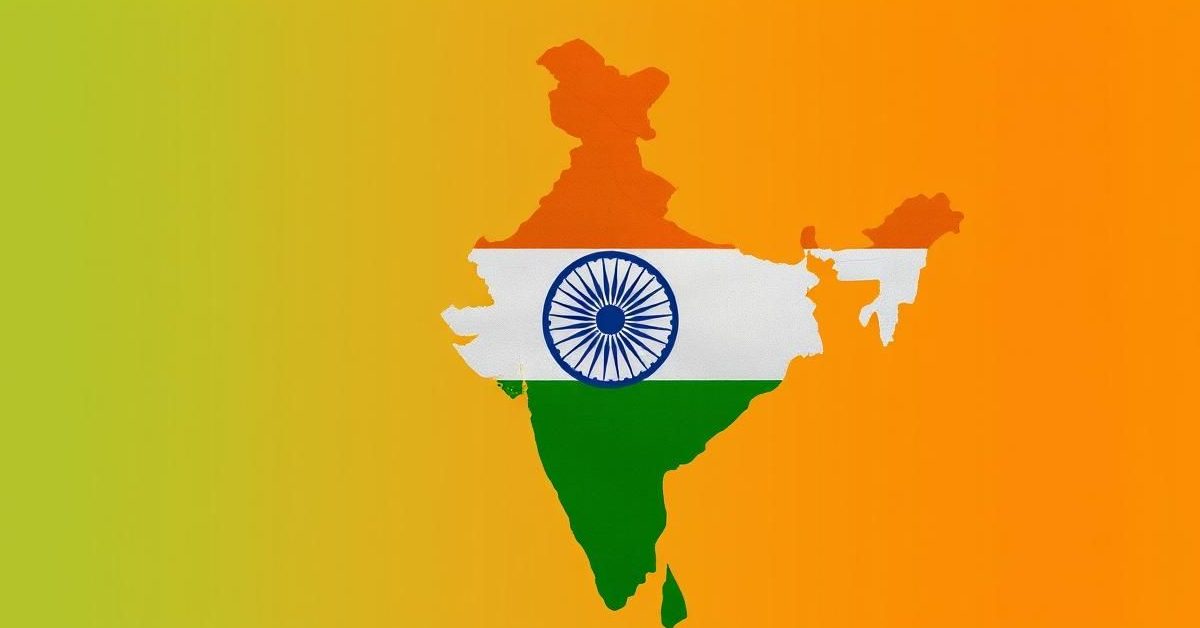India has been recognized by the World Bank as one of the world’s “most equal countries,” a significant finding from a recent report that also highlights the nation’s progress in poverty reduction and human development.
India Ranks High on Global Equality
According to a new World Bank report, India has emerged as the fourth most equal country globally, placing it just behind the Slovak Republic, Slovenia, and Belarus. India achieved a Gini Index score of 25.5, indicating a relatively even distribution of income or consumption.
This score positions India more favorably than many advanced economies, including every G7 and G20 nation. For instance, China scored 35.7, the USA 41.8, and the United Kingdom 34.4, all higher than India’s score, signifying greater inequality in those countries.
India is currently categorized in the “moderately low” inequality group and is very close to joining the “low inequality” category. This progress comes as India continues its growth as the world’s fourth-largest economy.
Understanding the Gini Index
The Gini Index is a vital tool used to measure the extent of income or consumption inequality within an economy. It assesses how much the distribution of wealth among individuals or households deviates from a perfectly equal distribution.
The index ranges from 0 to 100. A Gini Index of 0 represents perfect equality, meaning everyone has the same income or consumption. Conversely, an index of 100 signifies perfect inequality, where one person holds all the income.
Therefore, a higher Gini Index score indicates a more unequal country, while a lower score points towards greater equality. The data for this index typically comes from primary household surveys conducted by government agencies and the World Bank.
World Bank’s Revised Poverty Line and India’s Progress
The World Bank recently updated its extreme poverty line from $2.15 a day to $3 a day, accounting for global inflation. Even with this higher threshold, India has shown remarkable progress in poverty alleviation.
The extreme poverty rate in India sharply declined to 5.3 percent in 2022-23 from 27.1 percent in 2011-12. In real terms, this means the number of people living in extreme poverty fell from 344.47 million to a much lower 75.24 million.
This achievement builds on a previous World Bank report, ‘The Spring 2025 Poverty and Equity Brief,’ which highlighted India’s success in lifting 171 million people out of extreme poverty.
Insights from the Human Development Report 2025
Beyond economic equality, India’s human development also shows positive trends. The United Nations Development Programme (UNDP) released its latest Human Development Report (HDR) titled “A matter of choice: People and possibilities in the age of AI.”
The HDR assesses average achievements in human development using four key indicators: life expectancy at birth, expected years of schooling, mean years of schooling, and gross national income (GNI) per capita.
In the 2025 report, India ranks 130th globally, with an HDI value of 0.685 in 2023. This places India in the “medium human development” category, steadily moving closer to the “high human development” threshold.
Since 1990, India’s HDI value has increased by over 53 percent, a growth rate faster than both the global and South Asian averages. This progress is attributed to targeted social protection programs, welfare initiatives, and sustained economic growth.
- India ranks as the 4th most equal country globally with a Gini Index score of 25.5, according to the World Bank.
- The World Bank revised its extreme poverty line to $3 a day, yet India’s extreme poverty rate declined significantly to 5.3% in 2022-23.
- India ranks 130th in the Human Development Report 2025 by UNDP, falling into the “medium human development” category.
- India’s HDI value has increased by over 53% since 1990, outperforming global and regional averages.
These reports underscore India’s significant strides in both economic equality and human development, showcasing a nation making substantial progress on multiple fronts.















